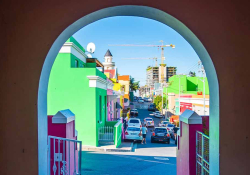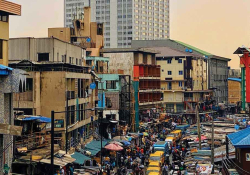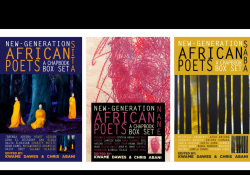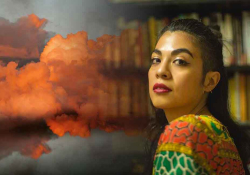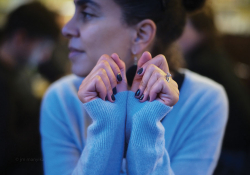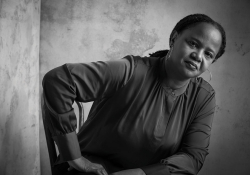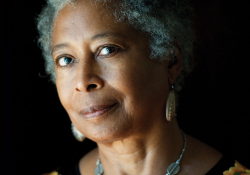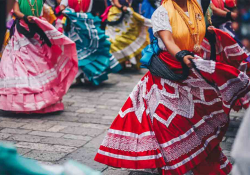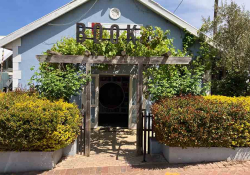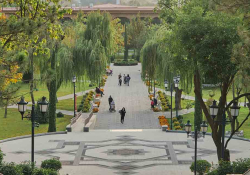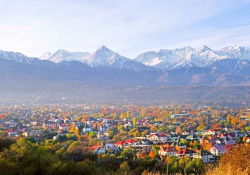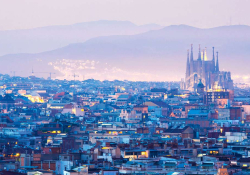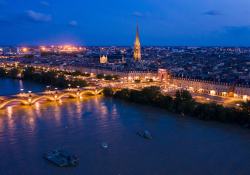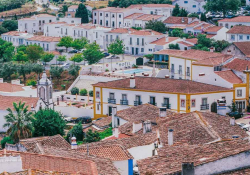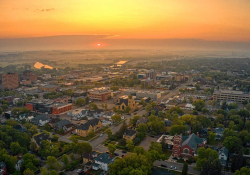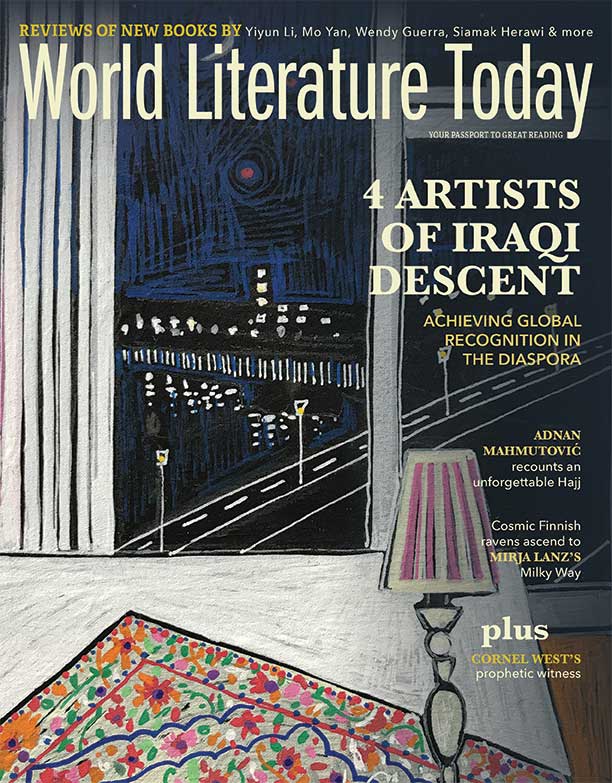Traveling Mexico City’s Body by Metro
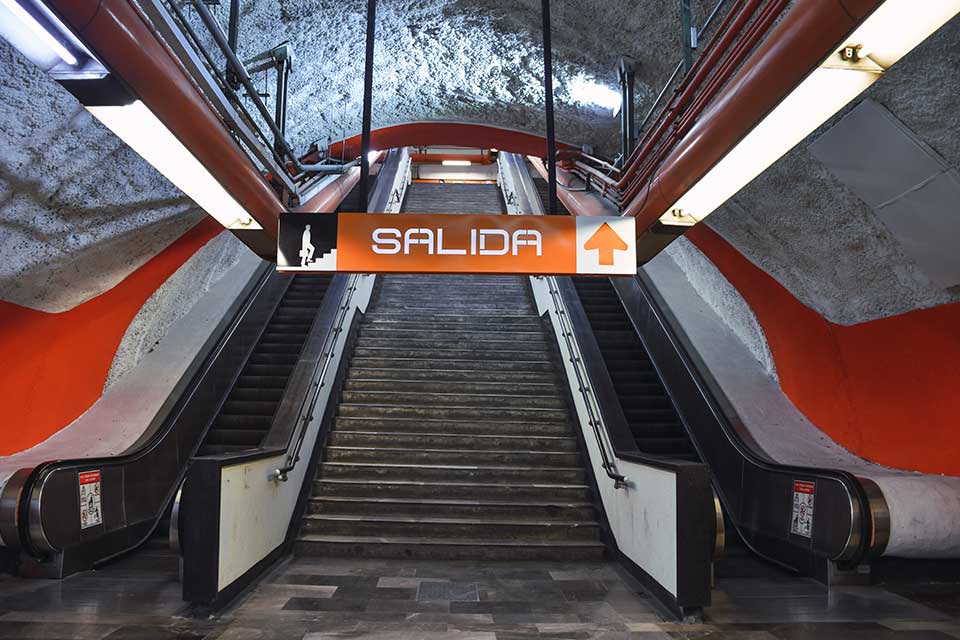
Speeding on a packed rush-hour Metrobus from La Bombilla (Lightbulb) station for Chilpancingo (Wasp), I suddenly imagined myself as one of countless urban particles carrying this city’s vital energies. The Metro lines are indeed Mexico City’s neural pathways. Across 195 underground, 270 street-level, and two aerial stations, the Metro unifies twenty-two million Chilangos into a single body, as the subsidized $.29 fare allows them, regardless of income, to freely travel the vast network. As they do, the Metro transmits collective arousal, pain, memory, even messages to heal.
The Metro holds consciousness. It preserves memory. In a city world-famous for museums, the Metro is a living museum. When station Pino Suárez was under construction before the system opened in 1969, workers excavated a cylindrical temple dedicated to Ehécatl, the wind god. Many other stations also express ancient history and Indigenous myth. Cuitláhuac portrays the warrior brother of Moctezuma, who briefly held off Spanish subjugators before the fall of Tenochtitlán. Mixiuhca honors the ritual island once located nearby where women gave birth in ancient times.
The Metro holds consciousness. It preserves memory.
Like Mixiuhca, which is represented by a white pictogram of a woman holding a newborn, every station has its own distinctive white icon telling a tiny cultural story. The graphic symbols appear on station walls, inside the carriages, and on network maps. Together, they comprise a playful cartography of the city’s soul. On my first ride to the Roma district I passed through Theater of the Insurgents, represented by a curved, white hand delicately holding what I first imagined to be a pearl between thumb and forefinger. When I looked up the meaning online, I learned the icon is actually a minimalist rendition of an image in Diego Rivera’s mural on the nearby Teatro, a hand cradling the eye of a figure in masquerade.
The Obrera (Worker) station icon of a hard hat surrounded by rotating gears presaged one excursion I made that revealed a striking class contrast. After my first week in the city, I’d developed a genteel ritual of riding Metrobús línea 1 from the university district where I was staying to tree-lined Roma. I’d settle in at Cafebrería el Péndulo, a spacious three-story bookstore café, order a mocha, and write longhand in my journal. One morning I scribbled initial impressions for this postcard.
But on another morning I took a more muscular excursion for a research task in a working-class district out near Benito Juárez airport. At the Pantitlán transfer point around 7am, I found myself in a mass boarding scramble. I girded my forearms at the chest, elbows bent out, and surged in with the urgent crowd of almost all men, the majority of faces bearing strong Indigenous features. We stood there immovable inside the car, vertical cigars overpacked in a vibrating box. Through my black Covid mask I whispered to the guy beside me, his forehead beading sweat nine inches from mine, “Can you help me get out at Patriotismo?” He nodded.
Though amused I was also disturbed, being unable to move my lower body with my thigh pressed against his. I’d been researching how sexual harassment and assault are a serious problem on the Metro. The progressive municipal government has tried to address the issue by creating designated women-only cars and stations with separate waiting zones highlighted by a stereotypically pink color scheme. On one crowded commute I stood several feet outside the pink demarcation line, noticing in the adjacent compartment a woman in sunglasses reading La Prensa, and another adjusting her young son’s jacket (children under twelve are also allowed). While such optional Metro safe spaces model public commitment to stem gender violence, they also soberly remind Chilangos how persistent the problem is. The word el femicidio means to murder a woman for being a woman. I saw it in protest graffiti throughout the city.
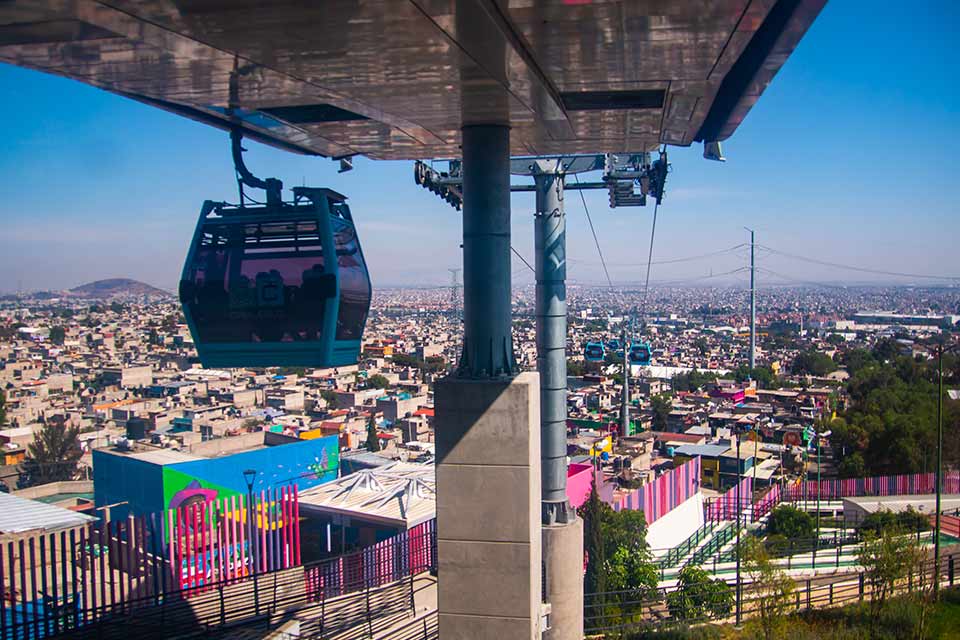
One morning before sunrise, I took the Metro to outlying Ixtapalapa, the city district with the highest rate of poverty, crime, and violence against women. I went there to ride the Metro Cablebús, an aerial commuter tram the government installed in 2021 to reduce the community’s isolation. At the Constitución 1917 embarkation point, I climbed into a sky-blue cabin fitting six people. A man in olive overalls and mud-flecked, yellow hard hat offered me the window seat. Across from us, a middle schooler with a red pencil case read a graphic novel next to her mother. We rose into the slanted blue-orange light, sixty feet above the hillside warren of drab, narrow streets. But on the rooftops a contrasting colorful montage spooled past, scores of murals the city has commissioned that follow the Cablebús route. Almost all the murals honor the feminine. Some depict gentle fertility—a ladybug, a naked baby nestled inside a pink flower. But many express the fierce voices of prominent activists. A woman in a blue polka-dot headdress and pearl earrings calls through a megaphone, brown and white fists raised beside her. Other murals bear witness to femicide victims and women who’ve been disappeared. “Tu no estás sola” (You are not alone), one image read, as a grandmother figure wrapped in gray shawl held my gaze, then gradually released me while the Cablebús glided on toward Quetzalcóatl station.
It was just past dawn. A dutiful rooster called out. A dog replied. Inside the surrounding silence, I heard a city grieve and urge itself to awake.

